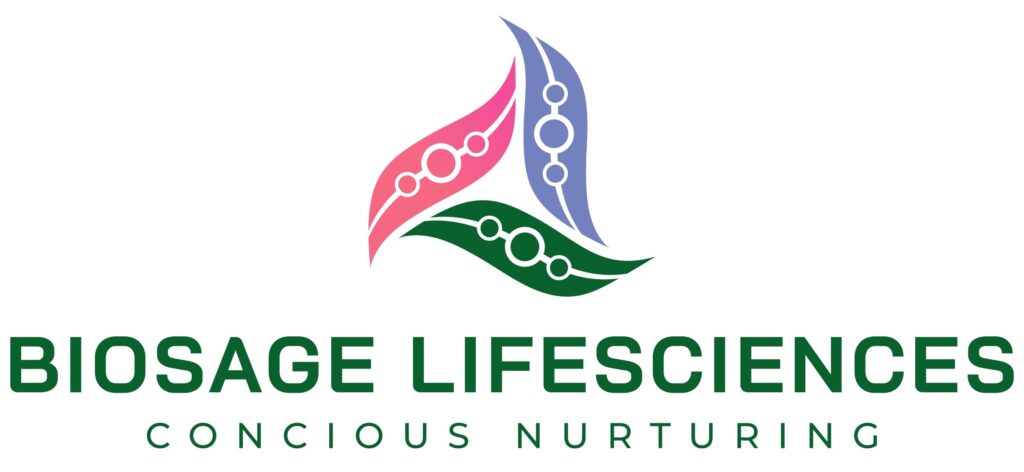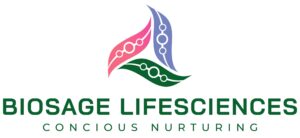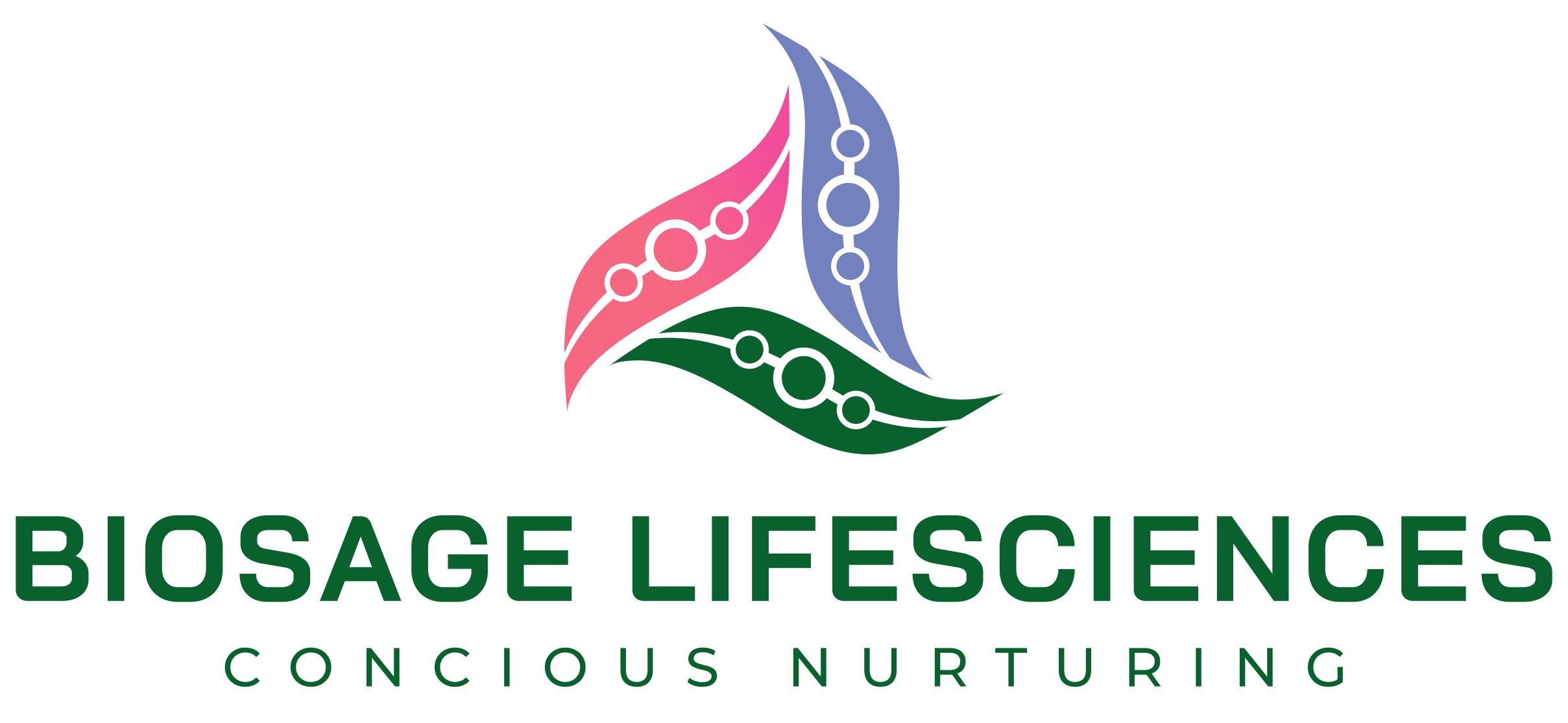Introduction
Antibiotic resistance is a growing concern in veterinary medicine, affecting livestock, companion animals, and human health. Overuse and misuse of antibiotics in animals can lead to resistant infections, posing challenges for veterinarians and public health authorities.
Causes of Antibiotic Resistance in Animals
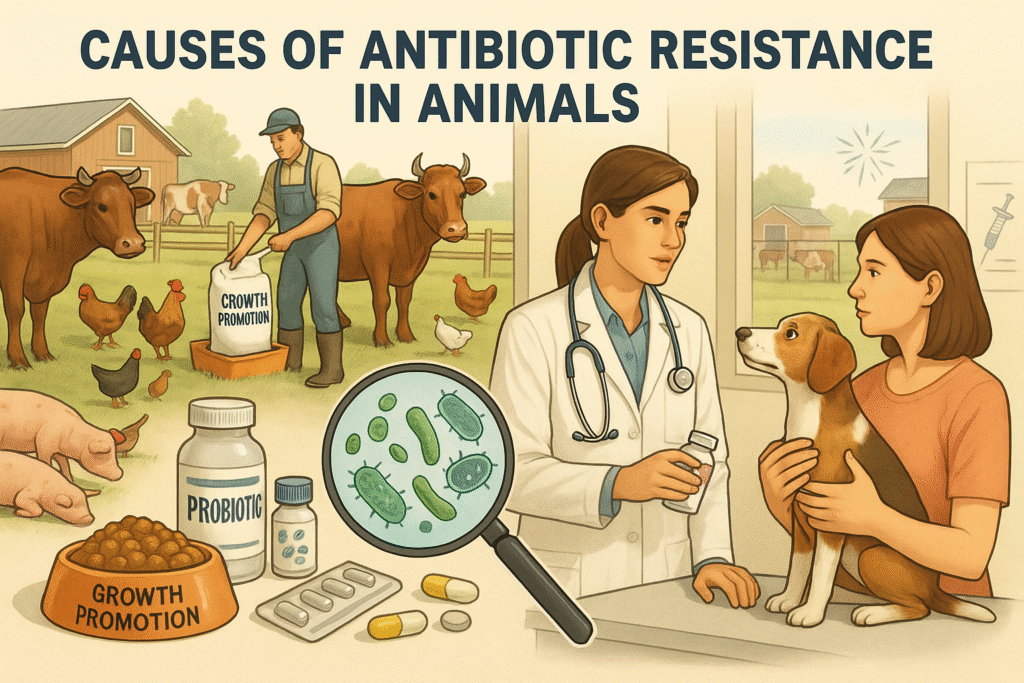
– Prophylactic and growth-promotion use: Frequent in livestock, often without illness.
– Overprescription in pets: Antibiotics prescribed without diagnostics or proper follow-up.
– Incomplete courses and subtherapeutic dosing: Increases bacterial survival and resistance development.
Consequences for Veterinary Practice
– Increased treatment failures and longer recovery times.
– Higher costs due to second-line antibiotics.
– Spillover of resistant bacteria to humans and the environment.
Mitigation Strategies
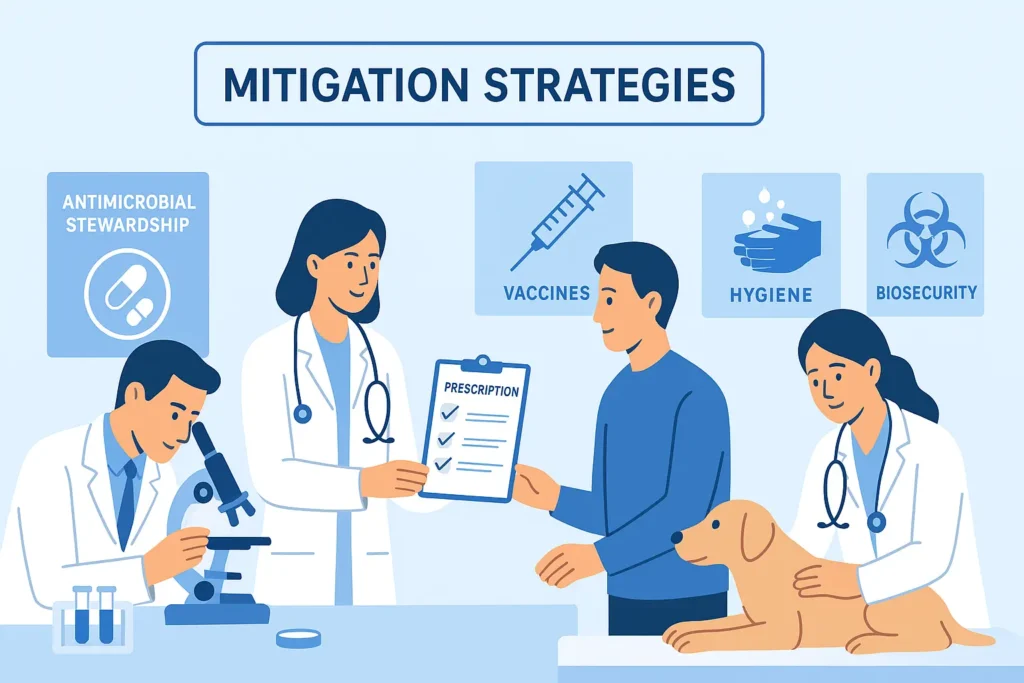
– Implement diagnostic testing before prescribing.
– Adhere to full treatment courses.
– Emphasize preventive care: vaccines, hygiene, and biosecurity.
– Participate in antimicrobial stewardship programs.
Conclusion
Responsible antibiotic use is critical to protecting animal health, maintaining veterinary efficacy, and safeguarding public health.
